
Adobe PDF File eBook Ordered From This Website Will Be Delivered Within 24-48 Hours from your confirmed order as we manually process each order. Thank you for your understanding.
AVAILABLE FOR SALE

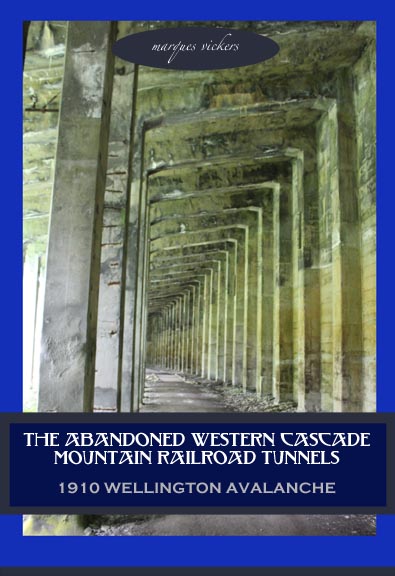
"The Abandoned Western Cascade Mountain Railroad Tunnels and the 1910 Wellington Avalanche"
The creation of the train route through the Western Washington Cascade Mountains proved a monumental challenge. A conflict arose between the engineering capabilities of designers and the treacherous topography and inclement weather of the region. This edition profiles and elaborately photographs the historical remnants of the Cascade route originating between Scenic and Stevens Pass. Remaining and abandoned train tunnels and snow sheds are intimately portrayed accompanied by historical commentary
Amongst the featured attractions include the: Deception Creek Falls, Scenic Hot Springs, Windy Point Snow Shed and Railroad Tunnel, Western Portal entrance to the Cascade Grand Tunnel and the Wellington Railroad Tunnel and Snow Shed. Contextual insight from numerous sources is provided into the background, complexity and necessity for construction of numerous snow sheds following the 1910 Wellington catastrophe.
Today the Iron Goat Trail traces the routing between Deception Creek and Wellington. It has evolved into a popular hiking destination. Two trailheads are most easily reached during the summer and early fall months via the ghost towns of Scenic or Wellington. Both feature parking lots easily accessible by car. The trail routing also parallels with the partially closed Old Cascade Highway and heavily travelled U.S. Route 2 (Stevens Pass Highway).
The 1910 Wellington Avalanche
In winter 1910, the city of Wellington was a miniscule town that existed exclusively due to the Great Northern Railway. Constructed in 1893, the town was the operational headquarters for tunnel construction, tunnel electrification and general maintenance along the line. It was also an important coal, water and rest stop for trains on route to Everett, Seattle and Tacoma.
The edition details the massive blizzard and accompanying avalanche that occurred on March 1, 1910. The storm obliterated the train depot, sweeping two passenger cars into the Tye River and killing 96 passengers, the worst fatality count in American railroad history. Only 23 would survive the catastrophe that would initiate successive construction of eight miles of snow sheds covering twelve miles of track, a capable, but short-term solution. Many of the snow sheds and tunnels have partially collapsed due to their wood framing and exposure to inclement weather. They continue to slowly dissipate in condition or blend into the sloping terrain of granite hillsides.
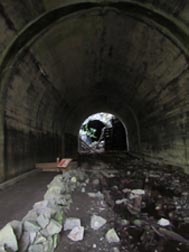
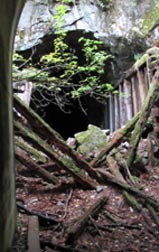
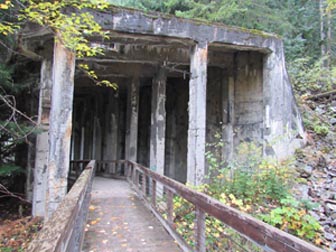
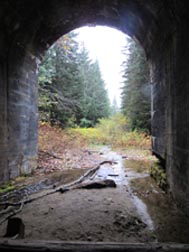
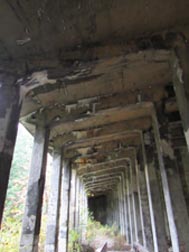
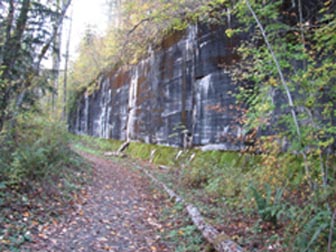
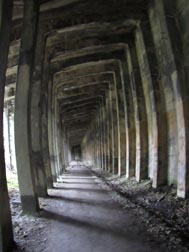
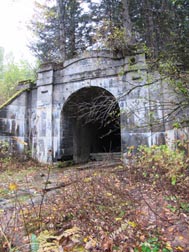

Marquis Publishing is a publisher of paperback and electronic books.
MARQUIS PUBLISHING
California, USA
1 (707) 712-8062
marques@artsinamerica.com









